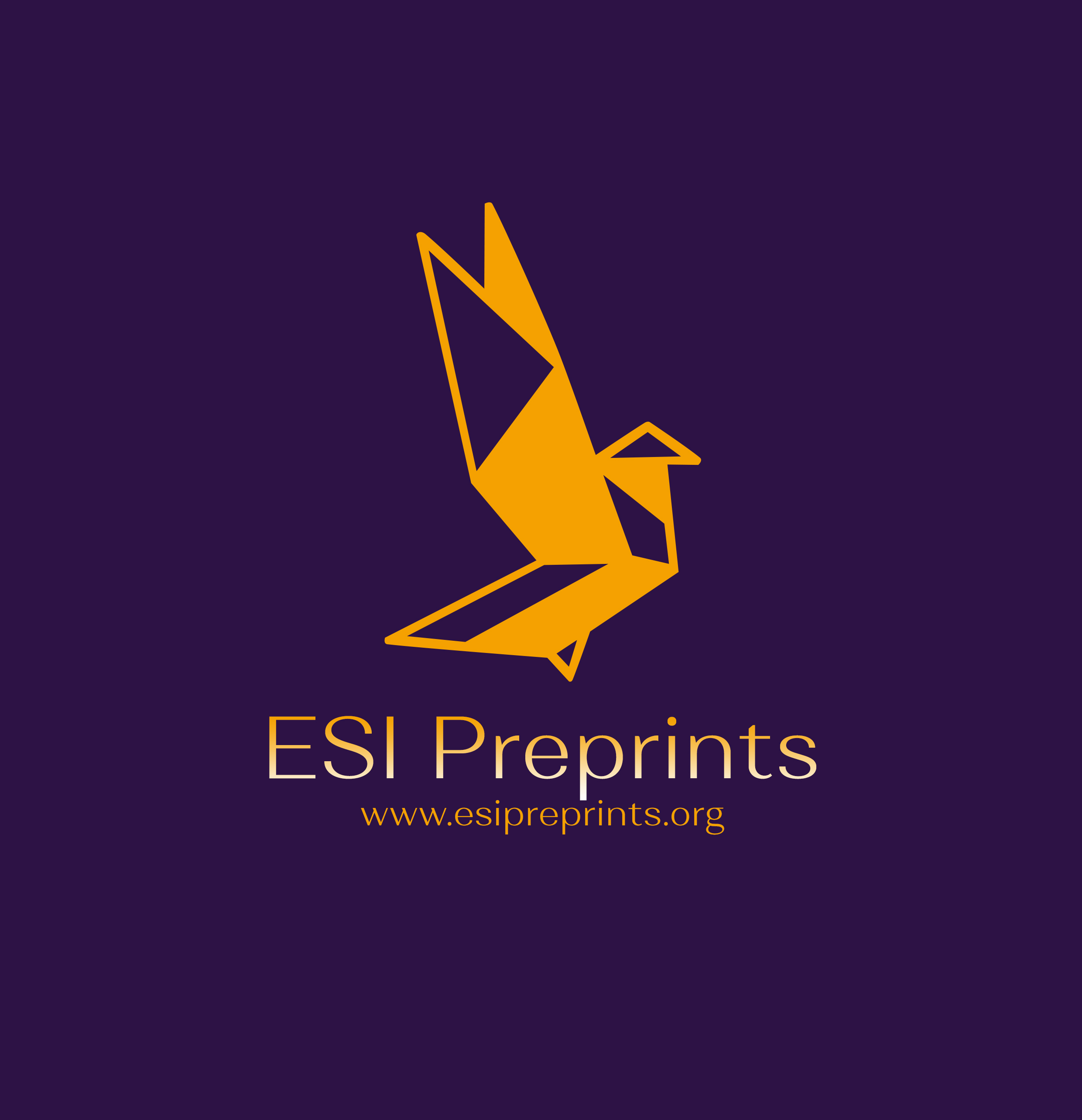From Truman to Reagan: The Evolution of U.S. Nuclear Policy in the Cold War Context
Abstract
Since the beginning of the nuclear era, the United States' nuclear policy has exerted substantial influence on international security and the intricacies of the Cold War. This scholarly work analyzes the evolution of United States nuclear policy throughout the Cold War period, from the presidency of Harry Truman to that of Ronald Reagan. Ranging from President Harry Truman’s decisive deployment of atomic weapons to President Ronald Reagan’s dedication to modernization and arms reduction, successive administrations have adapted their strategic approaches in response to emerging threats, technological advancements, and changing diplomatic contexts. This paper offers a comprehensive qualitative analysis of the progression of U.S. nuclear policy from 1945 to 1988, scrutinizing presidential doctrines, arms control negotiations, and the persistent tension between deterrence and disarmament. The study synthesizes primary and secondary sources to underscore pivotal moments and strategic shifts, considering both American and Soviet perspectives. The research illustrates how nuclear policy has both influenced and reflected broader transformations in U.S. grand strategy, culminating in landmark treaties that contributed to the termination of the Cold War.
Downloads
Metrics
References
2. Freedman, L. (2003). The Evolution of Nuclear Strategy (3rd ed.). New York: Palgrave Macmillan.
3. Burr, W., & Kimball, J. (2022). Nuclear threats during the Cold War: Crisis diplomacy and deterrence. Journal of Cold War Studies, 24(1), 45–72.
4. Müller, H., & Schaper, A. (2004). Democracy and nuclear weapons: The ambivalence of deterrence. Security Dialogue, 35(3), 349–366.
5. Stockholm International Peace Research Institute (SIPRI). (2025). SIPRI Yearbook 2025: Armaments, Disarmament and International Security. Oxford University Press.
6. Holloway, D. (1994). Stalin and the Bomb: The Soviet Union and Atomic Energy, 1939–1956. New Haven: Yale University Press.
7. Wright, S. (2007). Storming the World Stage: The Story of Lashkar-e-Taiba. C. Hurst & Co. Publishers.
8. FAS. (n.d.). U.S. Nuclear Forces, 1945–2005. Federation of American Scientists.
9. Rhodes, R. (1995). Dark Sun: The Making of the Hydrogen Bomb. New York: Simon & Schuster.
10. U.S. Department of State, Office of the Historian. (n.d.). Milestones: 1945–1952, 1981–1988.
11. Matlock, J. F. (2004). Reagan and Gorbachev: How the Cold War Ended. New York: Random House.
12. National Security Archive. (n.d.). Declassified U.S. Documents on Nuclear Policy.
13. Trachtenberg, M. (1991). History and Strategy. Princeton: Princeton University Press.
14. Britannica, E. o. (n.d.). mutual assured destruction. Retrieved from britannica.com: https://www.britannica.com/topic/mutual-assured-destruction
15. Ferrell, R. H. (1996). Truman and the Bomb. High Plains.
Copyright (c) 2025 Maia Antidze

This work is licensed under a Creative Commons Attribution 4.0 International License.








